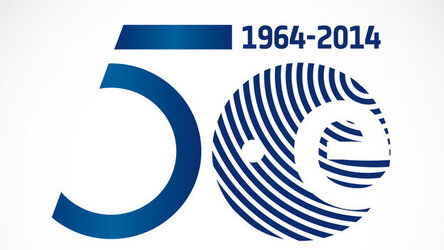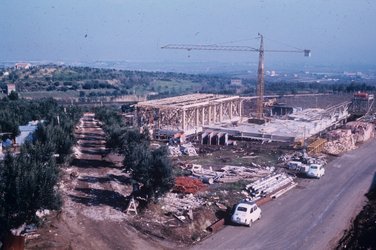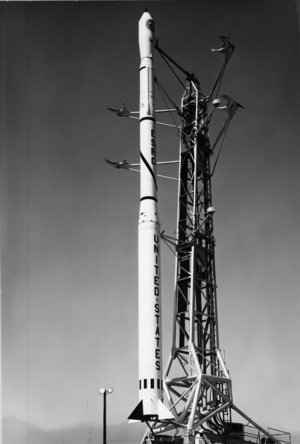Fifty years in space: what can we learn?
Fifty years of European cooperation in space is an anniversary for the whole space sector in Europe, which can be proud of its results and achievements. But what lessons can we take from this first 50 years of European space cooperation?
Two factors stand out. The first is the political will of the Member States to construct a durable, scientific and technologically advanced European presence in space. This was done in parallel with national space programmes.
The second striking feature has been the capacity of the European space organisations to adjust to changing circumstances and to catch up with the evolution of the commercial market.
Stakeholder interest evolves, partnership expectations change and the geopolitical and space-specific competitive environments interlock increasingly. The European Launcher Development Organisation and the European Space Research Organisation were transformed into ESA in response to changed stakeholder needs, and ESA has carried forward this readiness and ability to respond to change by applying its normative framework to new contexts and in new ways.
What we see over this period of 50 years is ESA’s capability to adapt, to take controlled risks to foster innovation and to maintain the dynamism that characterised the pioneering space age of the 1960s.
"When Member States share the same challenging objectives and join forces, they put Europe at the leading edge of progress, innovation and growth, for the benefit of all citizens," said ESA Director General Jean-Jacques Dordain.
A suite of events and activities are planned during 2014 to mark the 50 years of European cooperation in space.








